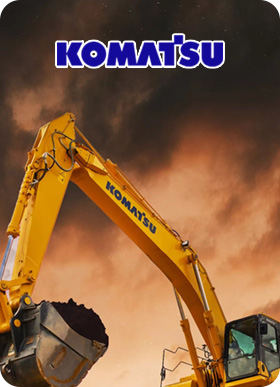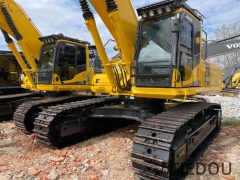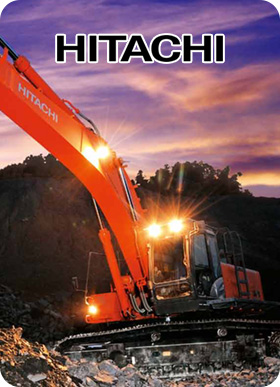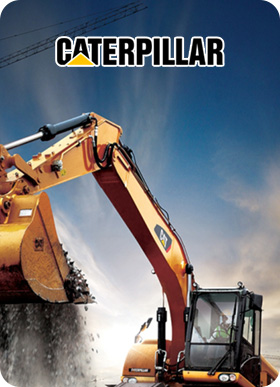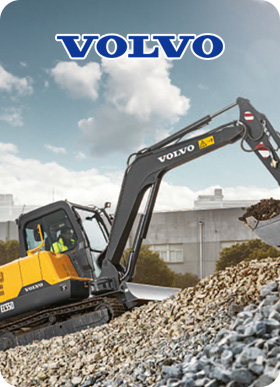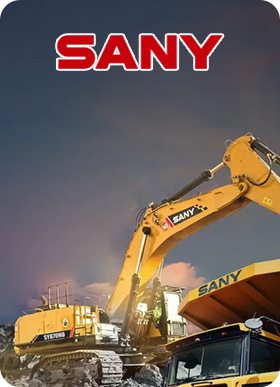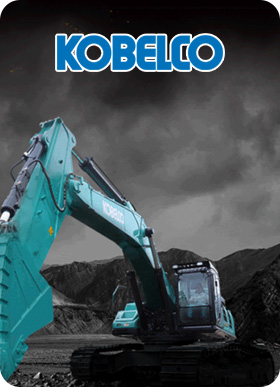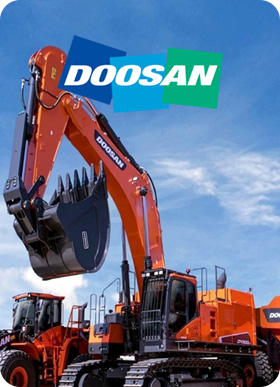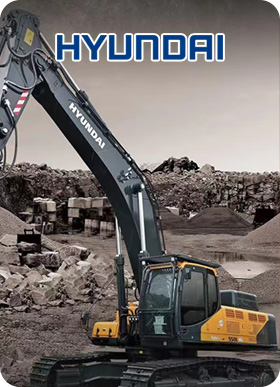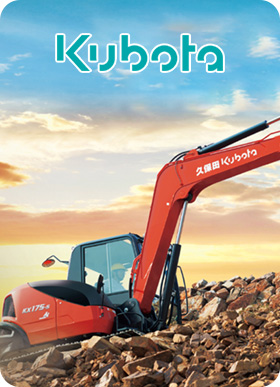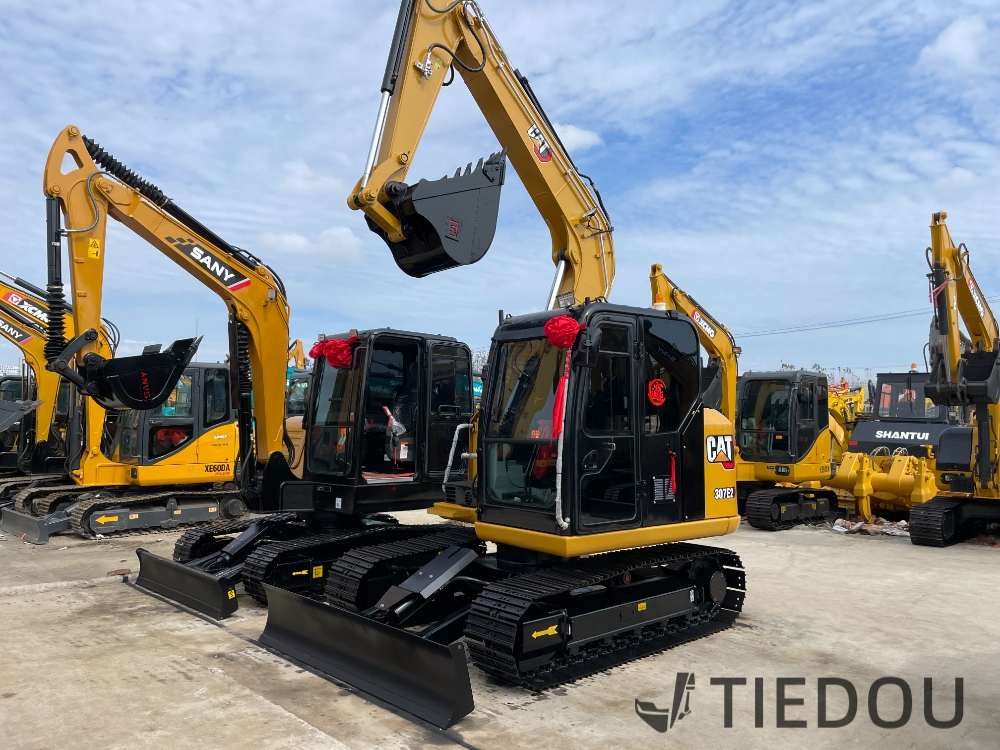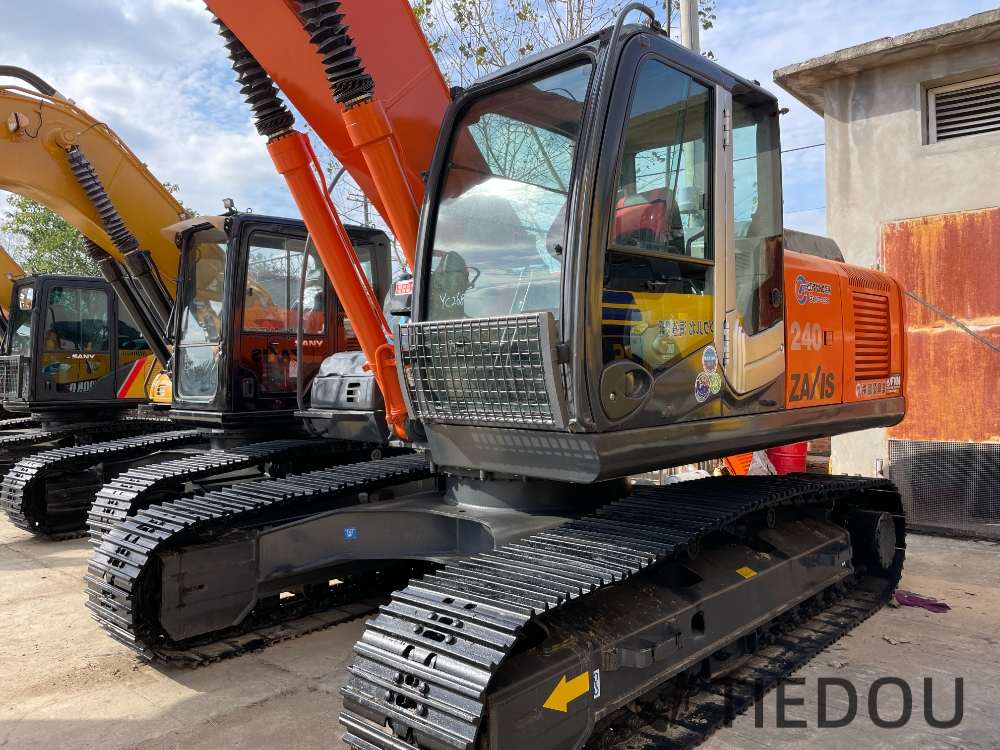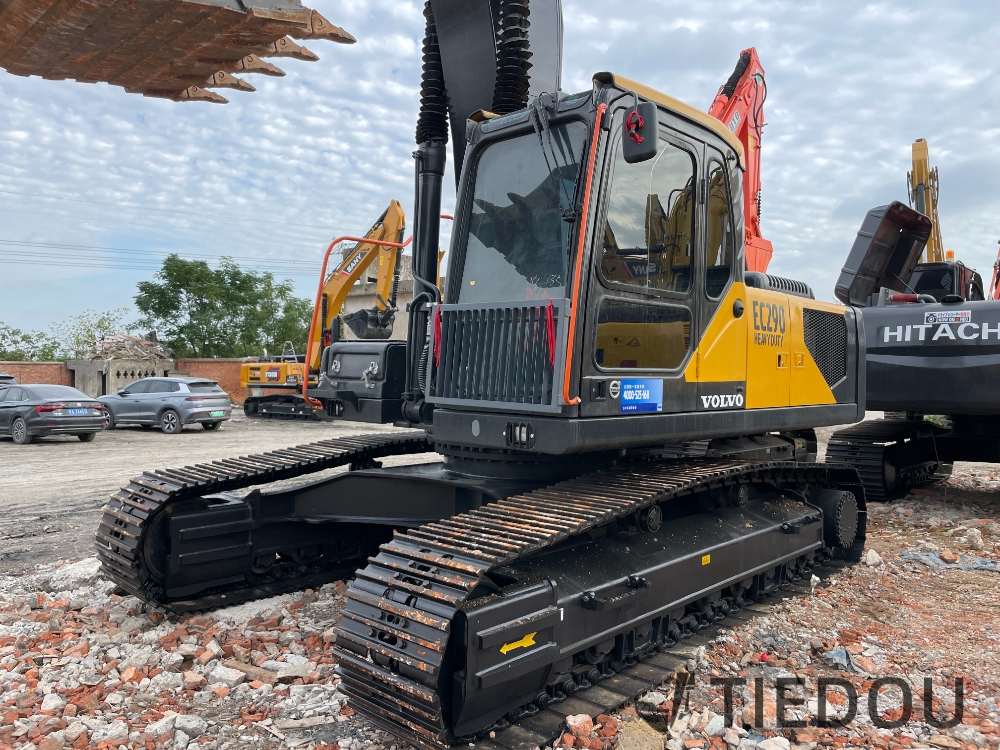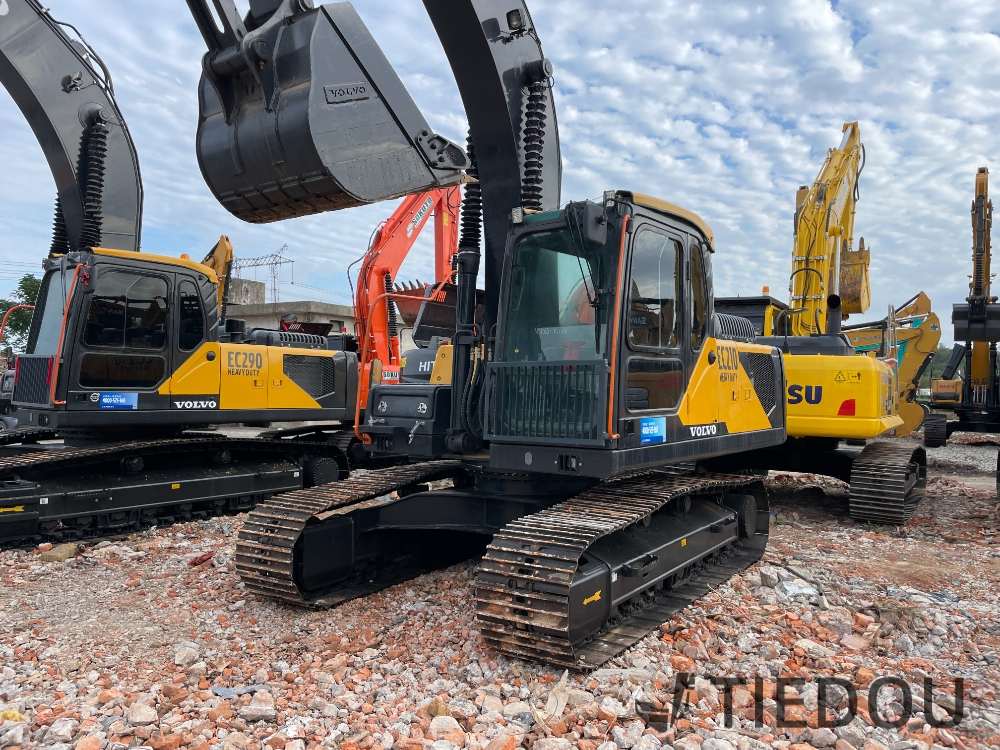With the recovery of the global economy and the acceleration of urbanization, the prosperity of the construction industry has promoted the continued growth of demand for construction machinery. However, under the dual influence of cost pressure and environmental awareness, more and more construction companies are turning to the second-hand construction machinery market to meet their construction needs. This trend has prompted the global second-hand construction machinery market to usher in an unprecedented boom in sales.
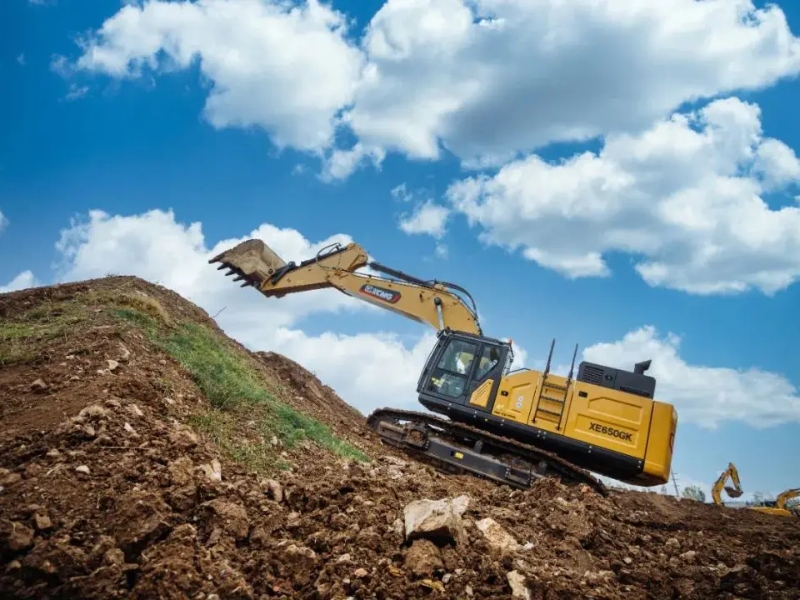
Second-hand construction machinery has gradually become the first choice for many construction companies due to its low purchase cost and high cost performance. After professional renovation and repair, these machines can operate stably in various complex environments, and their performance is no less than that of brand new machines. At the same time, as the second-hand market matures and becomes standardized, buyers can enjoy better after-sales services and guarantees, which further increases the appeal of second-hand equipment.
Globally, the rapid development of emerging markets has provided broad space for the sales of second-hand construction machinery. These countries and regions have huge needs for infrastructure but have limited budgets, so they prefer to purchase second-hand equipment with high cost performance. In addition, urban renewal projects in some developed countries also tend to use second-hand construction machinery to reduce costs and reduce environmental impact.
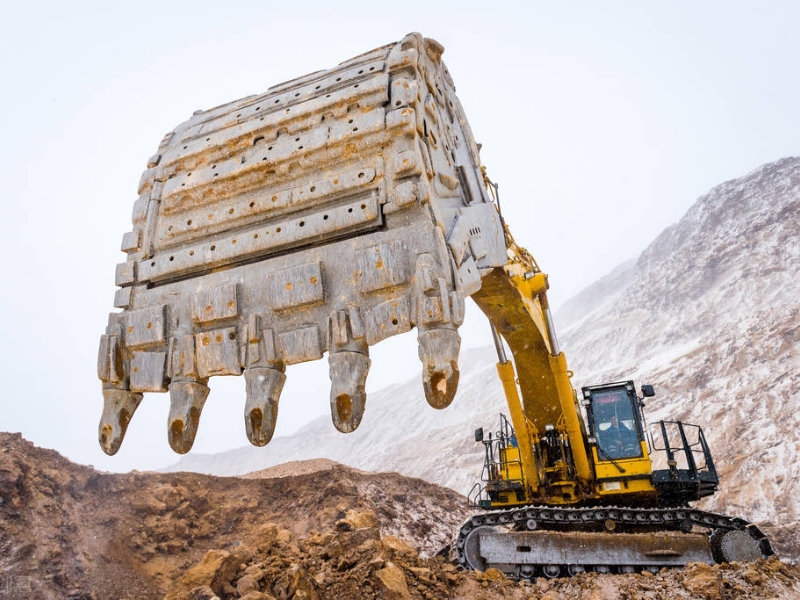
Due to the impact of the COVID-19 epidemic, the global supply chain has been severely disrupted, the production cycle of new machinery has been extended, and the delivery time is uncertain. This has prompted many construction companies in urgent need of equipment to turn their attention to the second-hand market to ensure the smooth progress of projects. Against this background, the transaction volume of second-hand construction machinery has increased significantly, and the market has shown a situation in which supply exceeds demand.
In addition to the active physical market, the rise of online trading platforms has also provided new channels for the sales of second-hand construction machinery. Through online platforms, sellers can reach a wider range of potential buyers, and buyers can more easily compare the performance and price of different devices, thereby making more informed purchasing decisions. Advances in technology have made online detection, evaluation and transactions possible, greatly improving the efficiency and security of transactions.
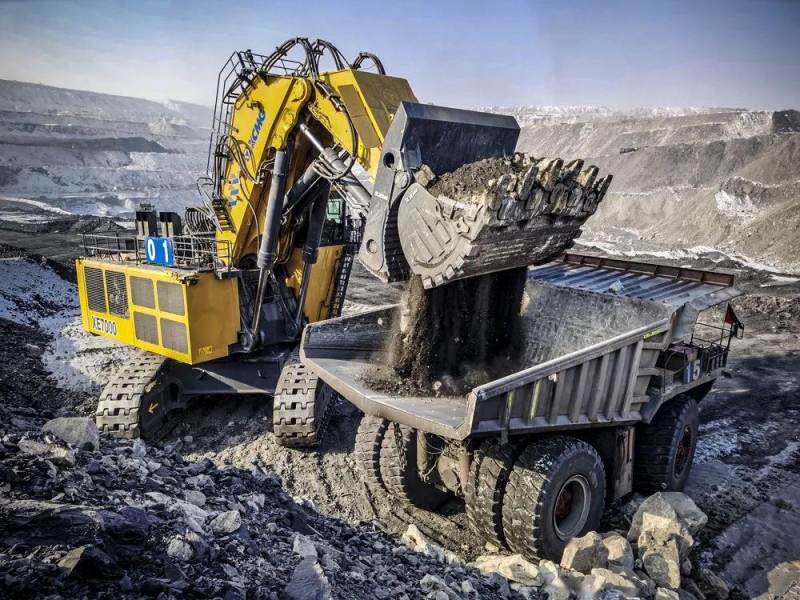
However, the development of the second-hand construction machinery market also faces some challenges. The evaluation and pricing of equipment requires specialized knowledge and experience that some buyers in the market lack. In addition, the refurbishment and maintenance of machinery require a high level of technical support, and not all suppliers can provide high standards of service. Therefore, the standardization and specialization of the market are key to future development.
Overall, with the steady growth of the global economy and the continued prosperity of the construction industry, the future prospects of the second-hand construction machinery market are bright. It can not only provide cost-effective solutions for construction companies, but also promote the recycling of resources, in line with the concept of sustainable development. As the market continues to improve and technology develops, sales of second-hand construction machinery are expected to continue to maintain growth momentum.

